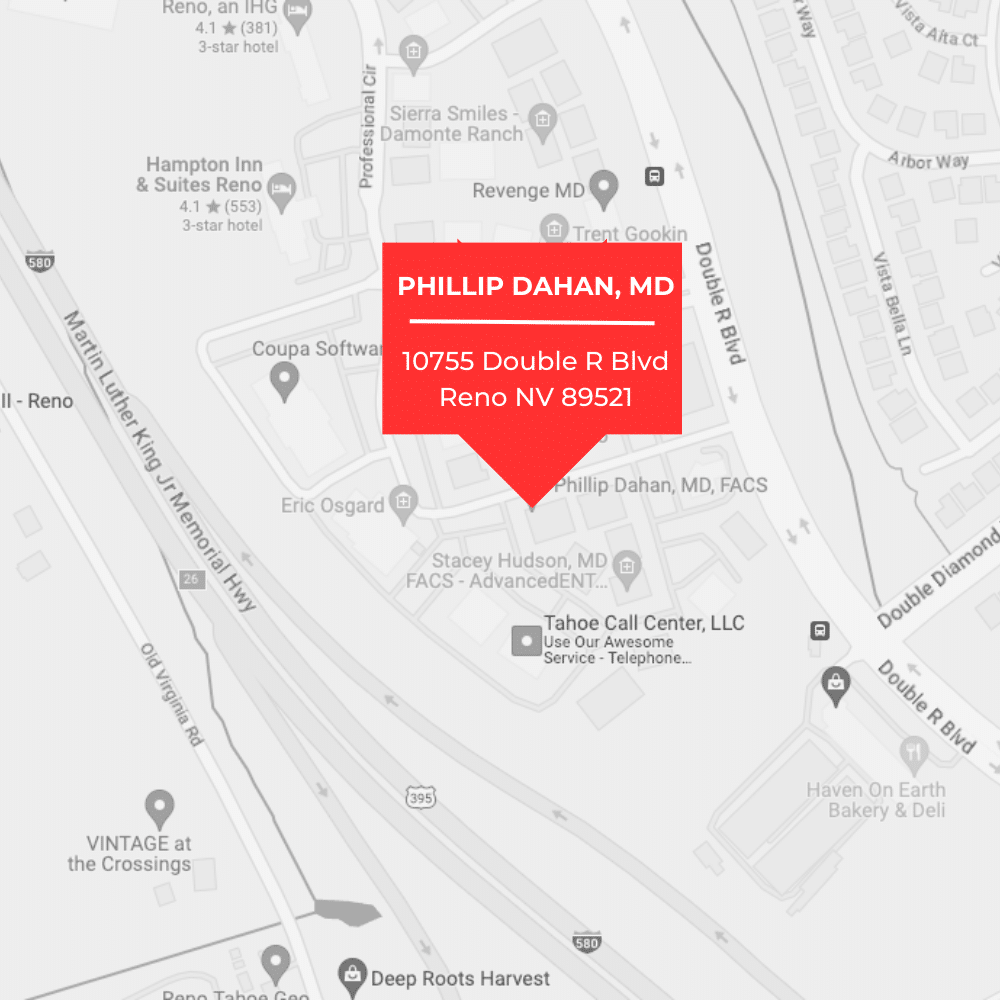
The incision location for a tummy tuck may vary based on the type of surgery performed.
A traditional tummy tuck may involve:
- A lateral incision from one hipbone to the other
- A circular incision around the belly button
- A vertical incision connecting the belly button and lateral incisions (only in some instances)
An extended tummy tuck may involve:
- A lateral incision from the back of one hipbone, around the side and abdomen, ending at the back of the opposite hipbone
- A circular incision around the belly button
- A vertical incision connecting the belly button and lateral incisions
A mini tummy tuck may involve:
- A lateral incision between the hipbones, measuring only a few inches in length
- A circular incision around the belly button (only in some instances)
Managing Post-Surgical Scarring
Scarring depends on two things: a history or visible scarring and post-surgical care. If you are interested in a tummy tuck and have had issues with scarring in the past, talk to the surgical staff. If possible, modifications can be made to minimize the risk of visible scarring.
Patients should expect their tummy tuck scars to be visible for several weeks. After a few months, they are less obvious. After years, they may be barely noticeable. To facilitate optimal tissue healing, patients are encouraged to:
- Strictly follow post-operative guidelines for incision care
- Get adequate rest after surgery
- Stay hydrated and well-nourished during recovery
- Avoid picking or scratching incisions
- Protect incision sites from the sun to avoid UV damage
- Avoid smoking and tobacco products during recovery
If surgical scars remain more prominent than desired after several months of healing, it may be possible to undergo advanced scar therapy such as laser skin treatments or microneedling. At some point during recovery, a patient may use silicone sheets to aid in tissue healing.
Do you have questions about tummy tuck surgery? Call (775) 826-4477 to schedule a consultation at our Reno office.



